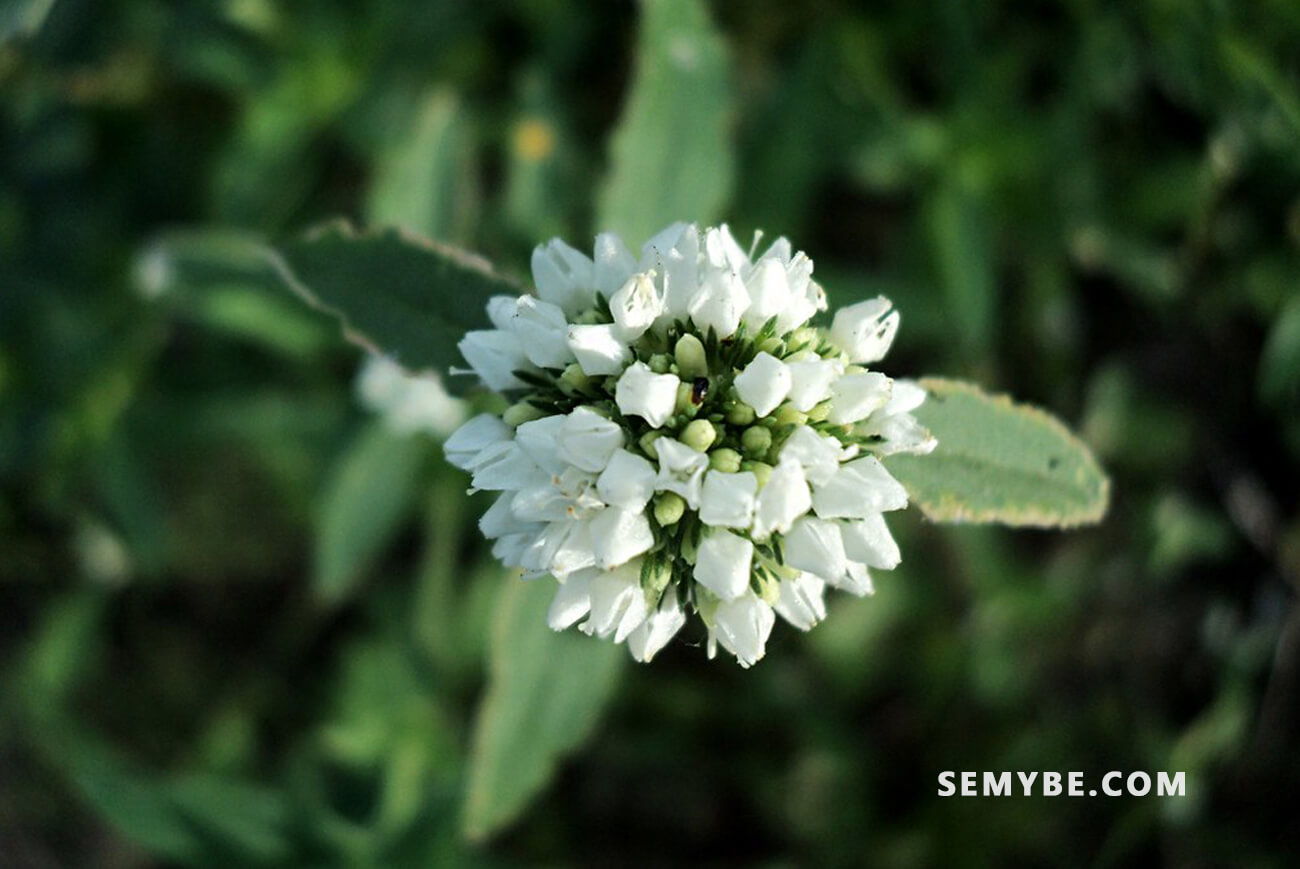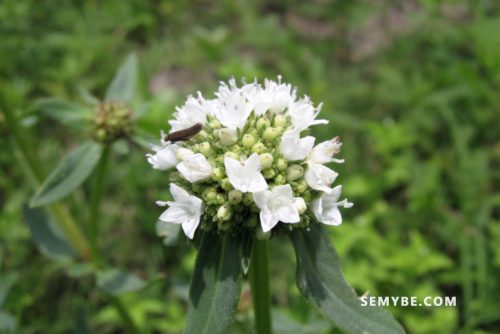
Borreria Verticillata
1. History and use
Borreria verticillata is recognized by traditional healers as anti-leprosy and antifurunculous. In leprosy, we use the whole plant in decoction that we drink or apply to wounds. For boils, we use a paste obtained by pounding the leaves in mortar with oil. For ten years it was believed because of the name of fake-ipeca of the plant in Argentina, that it contained emulsion and cepheline, alkaloids of the plant. A recent study carried out in Dakar showed that alkaloids were new and indole: borrerine and borreverine.
2. Description of the plant
It is a perennial shrub up to 1 meter high, in herbaceous form with numerous branches, the stem has a succession of nodes on which the leaves are inserted, and the ninth small white flowers are arranged in glomeruli along the margins stems and at their summit.

3. Curative action
The leaves contain borreverine, which has antibiotic effect on staphylococcus aureus, which is most often responsible for boils and parsnips. Here we have the example of the scientific verification of ancestral data. On the other hand, the leaves contain a volatile oil with antiseptic action.
4. Uses
Skin wounds – Furuncoles – Panaris
Apply directly to the wounds or boils the juice of the leaves after disinfection and renew three times a day, drink an infusion of the leaves.




